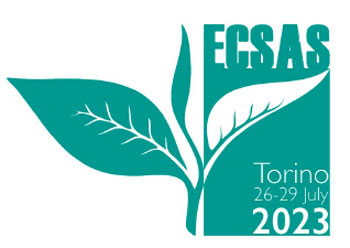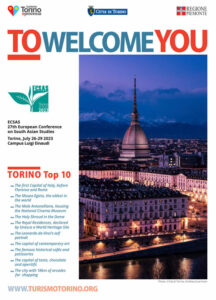Presenter
Narasimhan Haripriya - Indian Institute of Technology Hyderabad, Department of Liberal Arts, Hyderabad, IndiaPanel
51- The Digital Turn in South Asian Television StudiesAbstract
Television audiences in India have been exposed to programs from overseas way back from the 1980s, from Urdu dramas from nearby Pakistan to English comedies from the UK and USA. Television market exploded with the liberalization of Indian economy in 1991 and arrival of foreign channels like Star TV and private-owned Indian channels like Zee TV. Korean language serials were one of the first non-English programs to become popular, especially in the north eastern states (Kuotsu 2013). YouTube only made this segment bigger, which grew even more when OTT platforms such as Netflix and Amazon Prime streamed across Indian homes. The audience in India now watched storylines that differed from the largely family-based serials produced locally. What transformations are heralded by OTT platforms capturing viewership in India? In what news ways of imaginations and aspirations do these fiction shows give rise to? Through online surveys, content analysis, and interviews, this paper follows audiences that watch fiction programs produced outside India and in foreign languages. Focusing specifically on young viewers (18-25 years) located across India, the paper seeks to understand their motivation to watch such programs and thereby untangle the ‘similar but different’ paradigm that’s often cited (Pant 2020). In emphasizing the importance of production values, quality of writing, acting, and interesting plots, youngsters assert their primacy as major consumers of fiction programs. Fiction shows


